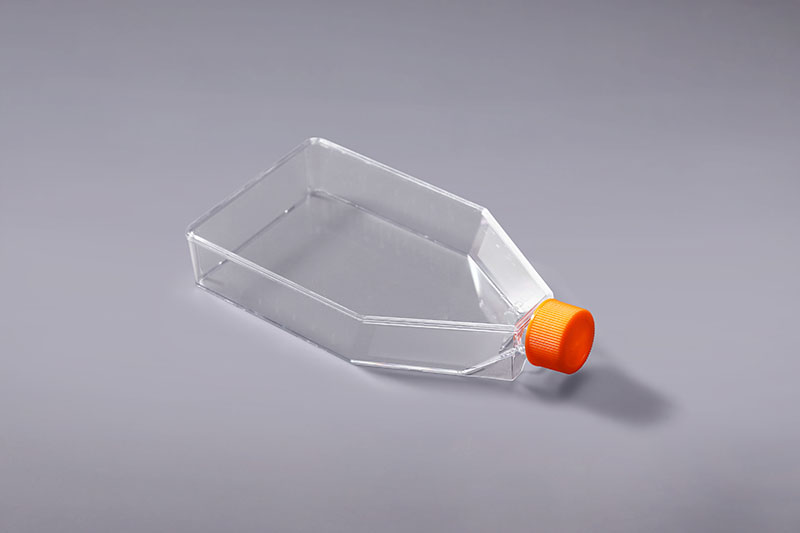継代培養とは、培養物を細かく分割し、別の培養容器(ボトル)に再接種して培養することです。 細胞培養フラスコは、細胞を培養するときに一般的に使用される消耗品です。では、フラスコ内の細胞を継代培養する方法は?
一般的に、細胞培養フラスコ内の細胞は高密度の単層に成長し、基本的に飽和しています。細胞を複製し続け、細胞数を増やすためには、継代操作を行う必要があります。浮遊細胞は直接分離できますが、付着細胞は分離する前に消化する必要があります。一般に、タンパク質分解酵素(トリプシンなど)は、付着細胞を単一細胞に消化するために使用されます。エチレンジアミン四酢酸(EDTA)を追加して、消化を改善することもできます。細胞が丸くなり、ボトルの壁から外れるまで細胞を観察します。このプロセスには、多くの場合5〜15分かかります。細胞の凝集を避けるために、細胞を消化する過程で細胞培養フラスコを軽くたたかないでください。
特に消化が難しい細胞の場合は、トリプシンEDTA消化液を加えて37°Cで細胞を置くことができます。消化を促進します。細胞がボトルの壁から分離されたら、すぐに血清を含む完全培地を加えて消化を止めます。血清中の特定のタンパク質は膵臓を阻害する可能性があります。酵素活性。一般的に、遠心分離は必要ありません。細胞に無血清または低血清培地が必要な場合は、125000gで5分間遠心分離し、中止した培地を廃棄し、適切な新しい培地を追加して、継代培養前に細胞を穏やかに混合します。
細胞継代比は通常1:2です。 -1:20、セルタイプによって異なります。継代の過程で、トリプシンはいくつかの細胞の細胞膜を損傷します。セルスクレーパーを使用して細胞を静かにこすり取り、適切な量の培地を加え、穏やかにピペッティングして細胞を混合し、新しい培養フラスコに移します。
The FAI climbed 5.9 percent year-on-year in the first 11 months of 2018, quickening from the 5.7-percent growth in Jan-Oct, the National Bureau of Statistics (NBS) said Friday in an online statement.
The key indicator of investment, dubbed a major growth driver, hit the bottom in August and has since started to rebound steadily.
In the face of emerging economic challenges home and abroad, China has stepped up efforts to stabilize investment, in particular rolling out measures to motivate private investors and channel funds into infrastructure.
Friday's data showed private investment, accounting for more than 60 percent of the total FAI, expanded by a brisk 8.7 percent.
NBS spokesperson Mao Shengyong said funds into weak economic links registered rapid increases as investment in environmental protection and agriculture jumped 42 percent and 12.5 percent respectively, much faster than the average.
In breakdown, investment in high-tech and equipment manufacturing remained vigorous with 16.1-percent and 11.6-percent increases respectively in the first 11 months. Infrastructure investment gained 3.7 percent, staying flat. Investment in property development rose 9.7 percent, also unchanged.
 English
English



















































